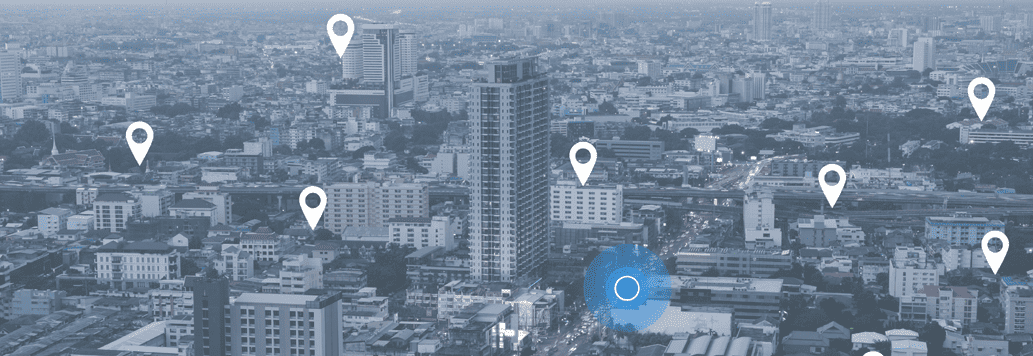Choosing the Right Routing Strategy for Your Fleet

The transportation landscape is evolving rapidly, and fleet operations are facing unprecedented challenges. Booming e-commerce, heightened customer expectations, and increasing traffic are forcing fleets to rethink their approach. By embracing cutting-edge routing strategies, fleets can achieve new levels of efficiency, agility, and speed, outperforming the competition and surpassing customer expectations.
There are three core routing strategies to consider:
- Static Routing: Traditional delivery fleets have relied on static routes, planned semiannually or annually around fixed customer demand.
- Dynamic Routing: A strategy that creates fresh route sequences daily, considering factors like new orders, driver availability, time windows, traffic, and weather.
- Static + Dynamic Hybrid Routing: In this strategy, certain delivery stops are fixed and planned in advance, similar to static routing, while other stops are subject to dynamic optimization on the day of delivery.
Download the white paper. Then reach out for a demo and see how delivery automation can support the routing strategy that fits your operation.


